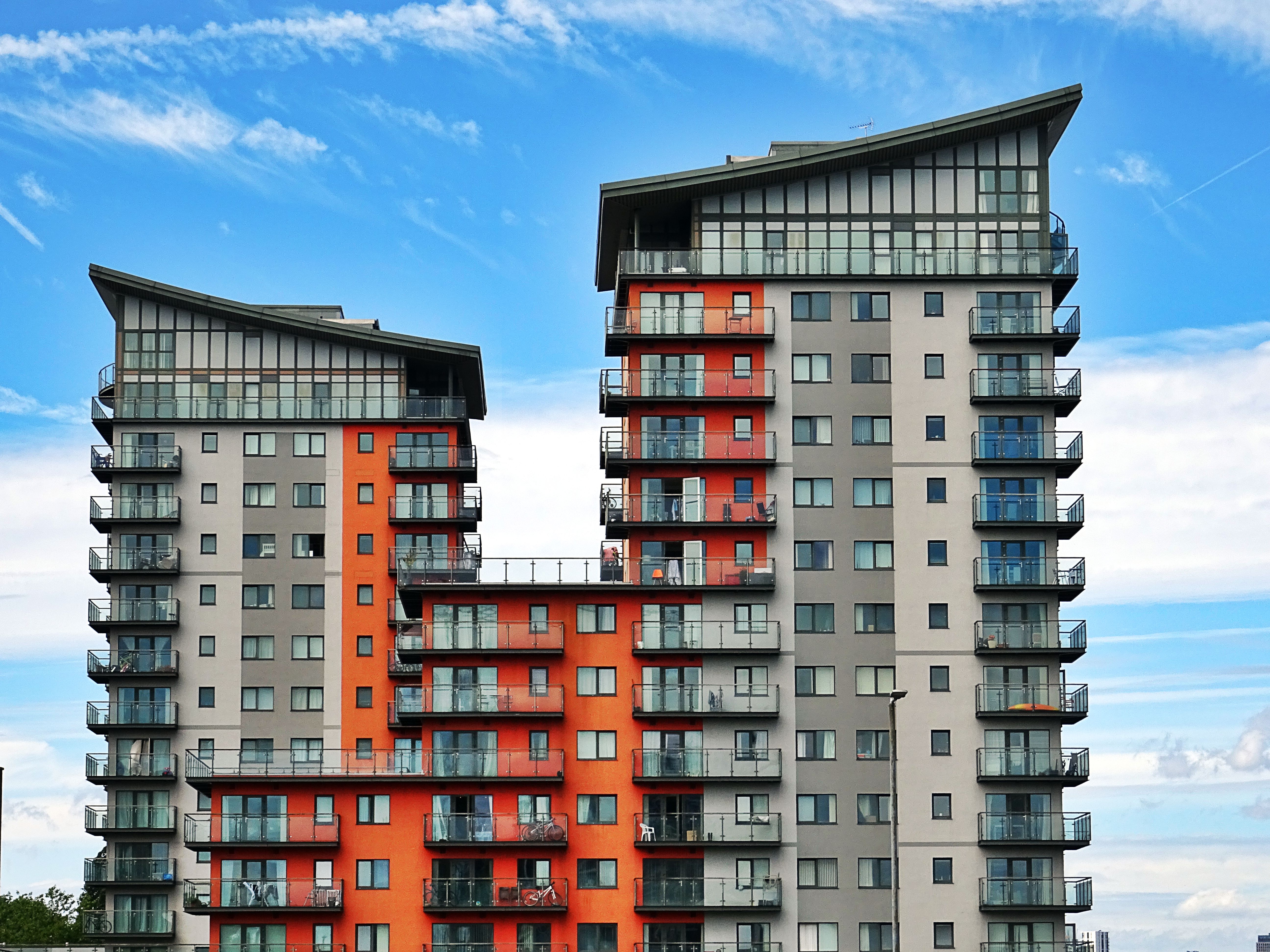Building A Green Home: Ideas, Examples & More
Energy efficient, and green homes are a rapidly growing trend, as home owners, and contractors alike shift focus to sustainable practices. Some initiatives create completely green, self sustainable homes, and others incorporate energy efficiency into pre-existing homes.
Some of the projects that we are inspired by are listed below. If you are interested in building a green home for energy efficiency, or just creating a completely custom and sustainable home, get in touch with us. We’d love to work with you!
Check out this 1.5 minute NexusHaus walk through!
Nexus Haus Green Home Model
The Nexus Haus is an affordable, one-story that actually generates more energy than it consumes. It was designed by students from Technische Universat Munchen and University of Texas at Austin for a solar competition in 2015. The prototype was created with sustainable materials and complete with a water-treatment system and rooftop solar panels.
The house was built in Austin, Texas and addressed the need for affordable urban housing, while being conscious of the depletion of water in the area. The house is zero-water capable through a combination of photovoltaic electricity generation, integrated thermal/water storage systems, and smart home management.
The house utilizes the intense heat of the Texas sun during the summer for solar gains as well as air circulation to cool the home during the months of high temperatures.
The main goal of NexusHaus is to become a prototype for more modular homes that can be mass produced in Austin Texas, providing jobs for the community, and approachable sustainability for consumers.

Photo from soa.utexas.edu
Giving Existing Buildings A Green Home Focus
Recently, the green building industry has intensified its focus on existing buildings. In 2016 the World Green Building Trends found that 43 percent of respondents in the U.S. expect to be working on retrofit initiatives to make existing buildings more energy efficient. Since they take up the largest percentage of the built environments, building owners are starting to realize the importance of energy conservation, waste reduction, and efficient maintenance.
LEED Certified Multifamily Green Homes
Certified Multifamily homes are being built more regularly and are safer and healthier for residents. They provide cleaner indoor air, and use less energy and water, which lead to cost savings on utilities and maintenance. 112,000 residential units have earned this certification across the country, and are proving to be an affordable option for families in the U.S.
